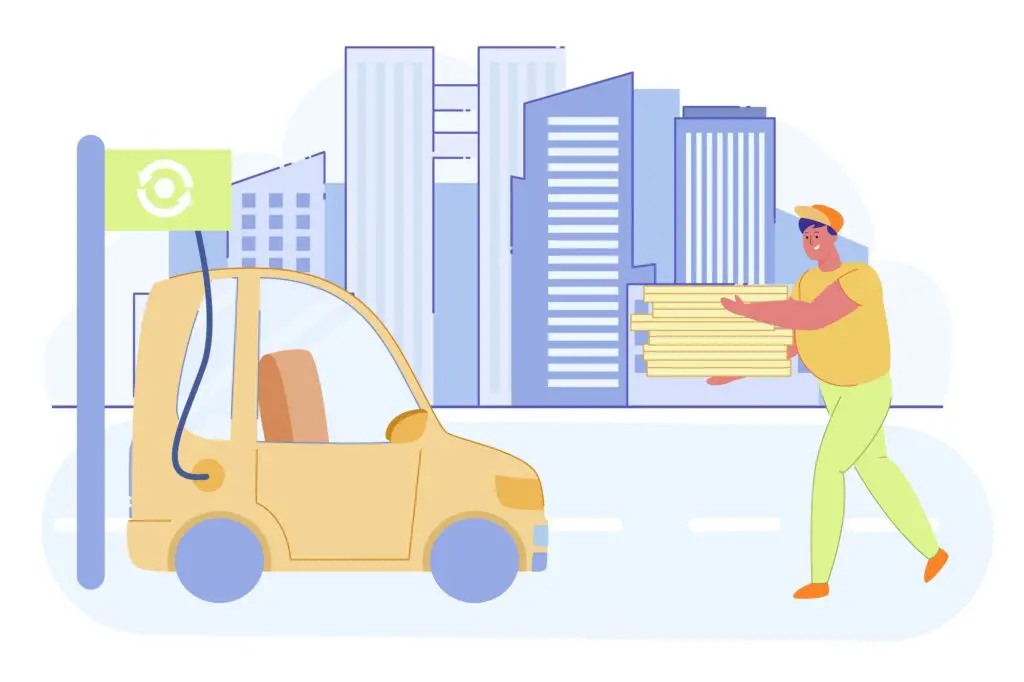 Operating a successful small business requires more than marketing or product manufacturing experience. You also have to understand your consumer base’s current and future needs. Urban mobility is a crucial indicator for both of those driving factors. Read this guide to learn everything you need to know about the vital concept for small business owners.
Operating a successful small business requires more than marketing or product manufacturing experience. You also have to understand your consumer base’s current and future needs. Urban mobility is a crucial indicator for both of those driving factors. Read this guide to learn everything you need to know about the vital concept for small business owners.
What Is Urban Mobility?
Urban mobility is a term regarding how easily people can get around their towns and how that mobility facilitates happier and more productive lives for everyone in the surrounding area. It takes into account how easy it is to:
- Commute to work.
- Shop at local businesses.
- Attend leisure activities.
- Visit cultural venues.
- Dine at restaurants of all sizes.
Urban mobility is a broad term local leaders can use to assess their community’s needs and predict where people spend their time.
Why Is It Important?
Small business owners should understand urban mobility because it affects where consumers shop and what they need. People who own cars can visit any business with a parking lot. Individuals relying on public transportation may only visit places near bus or metro stations because they have to walk elsewhere. A crowd-pleasing urban mobility plan includes both options.
Urban mobility also indicates consumer preferences regarding sustainability. If more local residents want greener public transportation to minimize individual reliance on fossil fuels in private vehicles, nearby businesses can adjust their sustainability to attract or retain those consumers more effectively.
Ways Urban Mobility Impacts Local Businesses
Understanding urban mobility is easier by breaking the idea down into practical implications for local business owners. These are the primary changes happening in towns and cities.
1. It Makes Businesses More Accessible
Urban mobility looks at consumer needs for people with private cars and those who use public transportation. The broadened scope also includes people who bike around town, ride electric scooters or walk to their preferred shops.
If city planners and business owners work together to make storefront locations more accessible to everyone, businesses will watch their consumer bases grow. Efforts may include installing bike racks by front doors, making parking lots easier to navigate or working with local city governments to create additional public transportation stops.
2. It Improves the Consumer Experience
Business owners often have commercial real estate that’s notably smaller than the parking lot surrounding it. Consumers want to park close to the front doors of the stores they frequent.
In contrast, parking scarcity provides consumers with what they want — availability within shorter walking distance — but only when combined with proper urban planning. Oversized parking lots taking up excess space and a lack of parking spots altogether both make the experience worse for the consumer. Urban mobility encourages business owners to create walkable shopping areas with less parking to minimize the distance consumers need to travel between businesses.
3. It Creates Greener Towns
Research shows consumers with no intent to switch to electric vehicles (EVs) shrank from 23% to 19% in 2022, making EVs a more common household car in the near future. Urban mobility planning takes this into consideration. Local business owners and government officials could install charging stations to make parking lots more welcoming to EV owners.
Some businesses may optimize their parking by reducing their lot size as well. It would make most of the parking lot closer to their front doors, but it also impresses sustainable consumer bases by removing concrete or asphalt. Restored ground exposure eradicates water runoff issues and helps rainwater reach the local environment more efficiently. It’s another way urban mobility planning makes cities greener while helping business owners and consumers.
Plan for the Near Future
Local businesses can use urban mobility planning ideas to improve their success and expand their consumer base. Take note of how customers utilize large parking lots or public transportation. Anticipate consumer needs so that simple changes can be made that will boost business revenue.


